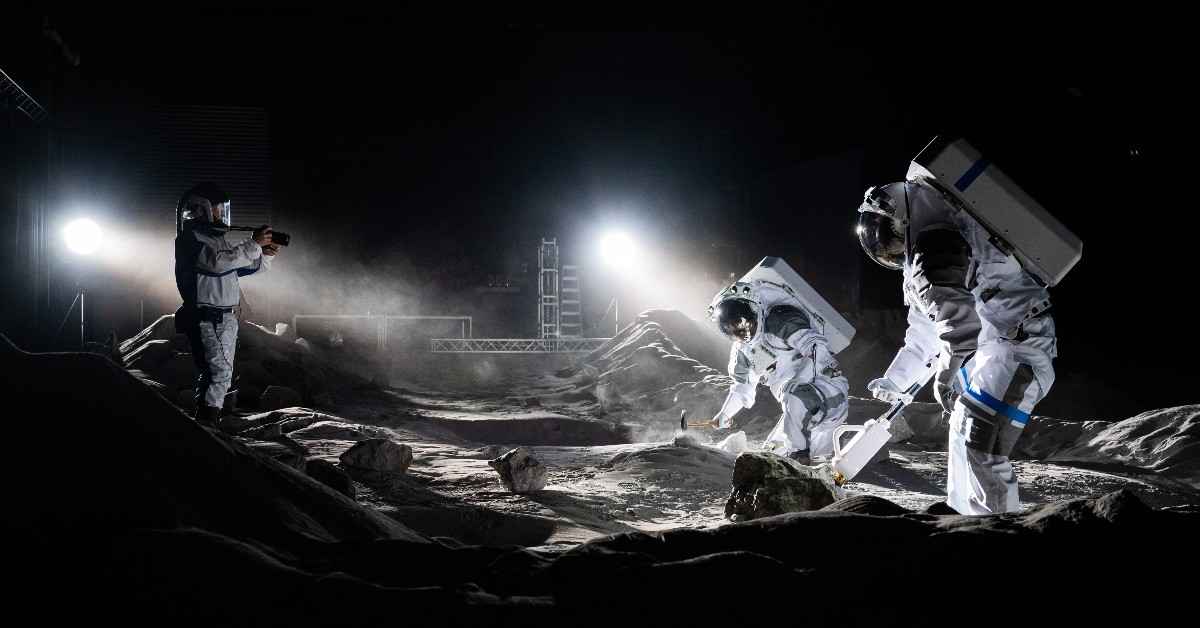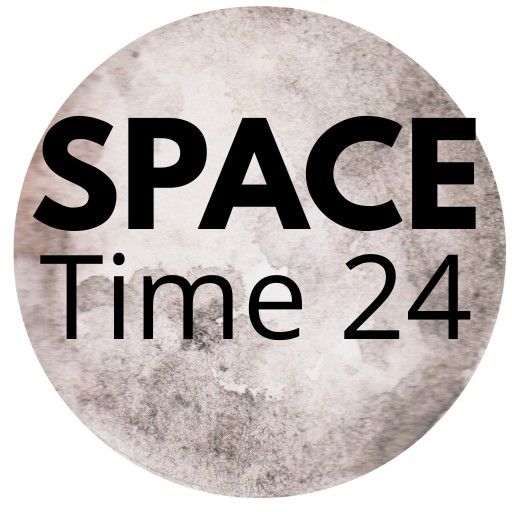Explore how private companies and national space agencies are reshaping human spaceflight with commercial space stations and orbital tourism. A deep dive into the next era of living and working in space.

The New Age of Human Spaceflight
Human spaceflight is entering a new era, transitioning from government-led programs to a dynamic ecosystem that includes private companies, international agencies, and commercial operators. For decades, only astronauts from national space agencies like NASA, Roscosmos, and ESA were allowed to travel to space. But in the last few years, commercial partnerships have made orbital missions more accessible and frequent.
The International Space Station (ISS) has long been the symbol of global space cooperation. Now, as it nears retirement by the early 2030s, a new wave of commercial space stations is being designed to take its place.
Rise of Commercial Space Stations
The idea of privately owned and operated space stations is no longer science fiction. Several major players are actively developing orbital habitats and human spaceflight designed for scientific research, manufacturing, tourism, and training. These include:
1. Axiom Space Station
Axiom Space plans to build the first commercial module that will initially attach to the ISS and later operate independently as a free-flying station. Its modules will host astronauts, researchers, and even private individuals for extended stays in space.
2. Orbital Reef (Blue Origin + Sierra Space)
Billed as a “mixed-use business park in space,” Orbital Reef will be a modular station capable of hosting up to 10 people. It will support industrial research, media production, and space tourism. The project aims to begin operations by the end of the decade.
3. Starlab (Voyager Space, Lockheed Martin, and Airbus)
Starlab is another commercial space station set to launch in the early 2030s. It is being designed with a focus on microgravity research, biology experiments, and Earth observation.
NASA’s Commercial Low Earth Orbit (LEO) Program
NASA is leading the way in transitioning from the ISS to commercial space stations through its Commercial LEO Destinations (CLD) program. The agency is funding private ventures to develop orbital habitats and human spaceflight that will serve as successors to the ISS.
Instead of owning the infrastructure, NASA plans to become a customer—purchasing services such as crew transportation and laboratory time, allowing it to redirect focus and funding to deep space missions like Artemis and Mars exploration.
Private Human Spaceflight Missions SpaceX Crew Missions
SpaceX’s Crew Dragon capsule has already carried NASA astronauts to the ISS, and now it supports commercial missions as well. Missions like Inspiration4, Axiom-1, and Polaris Dawn are notable examples of entirely commercial crews reaching orbit through human spaceflight.
Blue Origin and Suborbital Flights
Blue Origin’s New Shepard spacecraft offers suborbital flights to the edge of space, targeting space tourism and scientific research. Although brief, these flights allow civilians to experience weightlessness and observe Earth from space.
Virgin Galactic
Virgin Galactic focuses on space tourism through brief suborbital trips. It uses an air-launched spaceplane to carry passengers above the Kármán line before returning to Earth.
Benefits of Commercial Human Spaceflight and Habitats
Lower Costs:
Private competition and reusable rocket technology are significantly reducing launch costs, making space more accessible to researchers, companies, and even individuals.
Scientific Advancements:
Microgravity environments are ideal for studying human biology, drug development, materials science, and even 3D printing in space.
New Business Models:
From satellite servicing to space hotels, commercial spaceflight is unlocking new revenue streams and partnerships.
Global Participation:
More countries and universities are gaining access to space through human spaceflight via commercial providers, democratizing space science.
Challenges Ahead
Despite rapid progress, several technical, financial, and regulatory hurdles remain:
- Space debris and collision risks in crowded orbits
- Life support systems for long-duration missions
- International legal frameworks for private property in space
- Sustained investment in commercial station infrastructure
What Lies Beyond Earth Orbit
The ultimate goal is not just to operate in low Earth orbit, but to establish human presence beyond Earth, including:
- NASA’s Lunar Gateway station orbiting the Moon
- Habitation modules on the Moon under the Artemis program
- Commercial crew missions preparing for Mars expeditions
These next-generation systems will build upon the commercial experience gained in Earth orbit.
Conclusion
Human spaceflight is no longer reserved for government astronauts. With the rise of commercial space stations and private crewed missions, the dream of living and working in space is closer than ever. What began as national prestige projects are now transforming into sustainable, globally inclusive ventures. As the ISS transitions out, a new era of orbital habitats is poised to lead humanity further into the final frontier.
Source of article
https://www.nasa.gov/specials/60counting/spaceflight.html
Frequently Asked Questions: Human Spaceflight (FAQs):-
1. What is a commercial space station?
A commercial space station is a privately funded and operated orbital platform designed for purposes such as scientific research, tourism, manufacturing, and astronaut training. Unlike the International Space Station, these stations are developed by companies and can offer services to multiple customers, including governments.
2. Why is the International Space Station being replaced?
The ISS is aging and expensive to maintain. NASA and its partners plan to retire it by the early 2030s. Replacing it with commercial stations will reduce costs, encourage innovation, and allow NASA to focus on deep space missions like returning to the Moon and sending astronauts to Mars.
3. Who is building commercial space stations?
Several companies are developing commercial space stations, including:
Axiom Space – building modules for low Earth orbit
Blue Origin + Sierra Space – developing Orbital Reef
Voyager Space, Airbus, Lockheed Martin – working on Starlab
4. Can civilians go to space now?
Yes. Private companies like SpaceX, Blue Origin, and Virgin Galactic are offering suborbital and orbital spaceflights to civilians. These include tourists, researchers, and mission specialists who can fly with proper training and funding.
5. What is NASA’s role in commercial space stations?
NASA is partnering with private companies through its Commercial Low Earth Orbit Destinations (CLD) program. Instead of operating its own space stations, NASA will buy services—such as crew transport and lab time—from commercial providers.
6. How much does it cost to go to space commercially?
Costs vary:
Suborbital flights (Virgin Galactic, Blue Origin): $250,000–$500,000
Orbital missions (SpaceX, Axiom): Estimated $50–$60 million per seat
Prices may drop as the technology becomes more reusable and widely available.
7. What will people do on commercial space stations?
Activities will include:
Conducting microgravity research
Manufacturing high-value products
Training astronauts for deep space
Hosting tourists or media production crews
8. Are commercial space stations safe?
These stations are being designed with strict safety protocols, life support systems, and emergency response plans, much like the ISS. However, human spaceflight always carries some level of risk, and safety will remain a top priority for all missions.
9. How do commercial space stations help future Mars missions?
They allow agencies and companies to test critical systems in low Earth orbit before deploying them for long-duration missions to the Moon and Mars. Lessons learned from crew health, life support, and spacecraft docking are essential for deep space exploration.
10. When will commercial space stations for human spaceflight will be operational?
The first modules from Axiom Space may launch as early as 2026, with full operational stations like Orbital Reef and Starlab expected to come online by 2030, just in time to take over from the ISS.
You May Also Like This
https://spacetime24.com/lunar-infrastructure-and-isru/
https://spacetime24.com/space-debris-crisis-orbit-junk-cleaning-technology/

hvrsbu